The Gnomon Workshop – Anatomy Workshop complete
 Anatomy Workshop
Anatomy Workshop
Anatomy Workshop complete : This lecture demonstrates the structure and anatomy of the human arm. In a continuation of his previous lectures on human anatomy, figure artist Charles Hu begins this lecture with a review of the primary skeletal structures of the arm. After discussing the primary structures and proportions, Charles begins by breaking down the primary muscle groups. Starting with the shoulder and upper arm, he works his way down to the forearm’s muscle groups, explaining supination and pronation while also discussing the muscle connections and their action. In the last four chapters, Charles works from different examples of photo reference, identifying key structural landmarks while also deconstructing the contributions of anatomy, gesture and rhythm to the motion of the underlying skeletal structure. The mechanical and structural understanding that Charles shares in this title is an essential foundation for producing believable and dynamic figure drawings, either from life or from the imagination.
In this first lecture of a series focusing on human anatomy as it relates to figurative art, figure painter and instructor Charles Hu discusses key skeletal and muscular landmarks along with methods for maintaining the correct proportional relationships between the various structures of the human body. Throughout the lecture, Charles refers to skeletal reference to illustrate how skeletal elements not only connect, but more importantly, how these structures move in relation to one another, providing a clear roadmap for maintaining correct proportional relationships in your figure drawings. Charles begins with an initial “mechanical” representation of the human form from the front view. He first discusses the basic proportions and structures of the human head. As the human head is often used as the base unit of measurement in figure drawing, the important landmarks and relationships between the brow region, eye sockets, cheek bones, nose, mouth and chin will be explored in great detail. After blocking in the head, the neck and shoulder area is discussed before moving down to the chest, stomach and pelvis regions. Again, key structural landmarks are discussed in order to understand the anatomical, structural, and proportional importance of each. Charles then moves on to discuss arms and legs, along with correct proportional guides for laying in key elements like elbows, wrists, knees and ankles. Once completed with the anatomical sketch from the front view, he moves onto the drawings from both the back and side views, providing a clear and comprehensive study of the base human form. Suitable for all artists developing their understanding of the figure and its complex anatomical relationships, this lecture and demonstration is an immersive and critical foundation.
In this lecture, the second title in a series on human anatomy as it relates to figurative art, figure painter and instructor Charles Hu expands on the structure and proportion principals discussed in his first lecture, translating them into a live figure drawing studio environment. Charles begins this lecture by discussing the principals of shading and light to describe three dimensional forms, as he will be demonstrating shading techniques later in the lecture. Here, Charles discusses topics like the difference between core shadow and cast shadow, direct light versus bounced light, and how to find the ‘true’ color or value of a form under complex lighting conditions. He then moves on to drawing the figure from a live model in a studio environment. He begins by laying in the figure, employing the principals covered in his first lecture, identifying the key structural landmarks on the live model, then demonstrating some new techniques to help maintain correct proportions under real world drawing conditions. He proceeds to do ‘lay-ins’ for the figure in a standing position from the front, a seated figure, and lastly the standing figure from the back to illustrate how to draw the same figure from various angles and different poses. The final phase is to shade and refine one of the drawings to take it to a more finished state. Charles begins by blocking in the cast shadows and then the core shadows on the figure, then refines the shading to include bounced light and highlights by pulling those areas back out with an eraser. The finishing stage involves adding more detail back into the shadows, and pulling out some final areas of bounce light. Suitable for all artists interested in developing their understanding of the figure, Charles Hu masterfully explores this complex subject while providing a clear and methodical workflow.
In this human anatomy tutorial series titled Skeletal Structure, Mechanics and Proportion, instructor Charles Hu will break down the human skeletal system in terms of how it relates to drawing a dynamic figure. Starting with basic proportion and structure, Charles breaks down the human skeleton into 9 primary structures: the head, shoulder, rib cage, spine, pelvis, arms, legs, hands and feet. He breaks down the primary landmarks and planes of each structure and identifies features on specific bones important to the mechanics and motion. Charles also discusses the skeletal mechanics of each structure to provide the mechanical understanding of the system in order to achieve more realistic and dynamic figure drawings.
In this human anatomy tutorial titled Anatomy of the Human Head, figure artist Charles Hu provides an anatomical breakdown of the human head. Beginning with general proportions, planes and structural landmarks, Charles then demonstrates how to apply these principles with a series of life drawing exercises. In these three exercises – from Front, Side and ¾ View, he shows how to approach the lay-ins using the general proportions discussed previously. He then breaks the head down into their individual structures, defining the primary planes of the head first, then refining the individual structures, using the planes to help define the core and cast shadows and shading of the head. Lastly, Charles discusses the primary muscle groups of the human head, demonstrating each muscle’s primary motion. These combined lectures provide a much deeper understanding of the human head and provides a strong foundation for drawing much more dynamic portraits.
This series of tutorials is focused on and titled Structure and Anatomy of the Human Torso. In a continuation of his previous lectures on human anatomy, figure artist Charles Hu approaches these lectures in the same fashion, beginning with a discussion on the primary skeletal structures making up the torso – the neck, spine, rib cage, pelvis and shoulder. After discussing the primary structures and proportions, he begins by breaking down the primary muscle groups, starting with the neck then working his way down to the shoulder, chest, and abdomen, before moving to the muscle groups of the back. In discussing the muscle groups, Charles discusses not only their positions and overlaps, but also their mechanical contributions to the motion of the underlying skeletal structure. This structural and mechanical understanding is essential in producing believable and dynamic figure drawings.
lB6MwSwNNIYYHz66UqInBRH/video%202/24494
Direct download links 31.3 GB :
Direct download link reserved for subscribers only This VIP
Dear user to download files, please subscribe to the VIP member
- To activate your special membership site, just go to this link and register and activate your own membership . >>>register and activate<<<
- You can subscribe to this link and take advantage of the many benefits of membership.
- Direct downloads links
- No ads No waiting
- Download without any limitation ، all content in website
CGArchives Is The Best
Review
Review
Review this tutorial
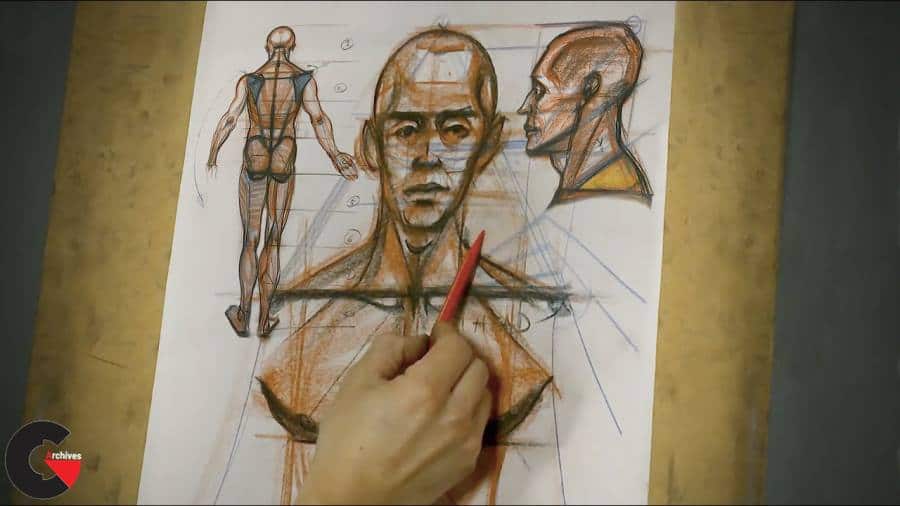 Anatomy Workshop
Anatomy Workshop
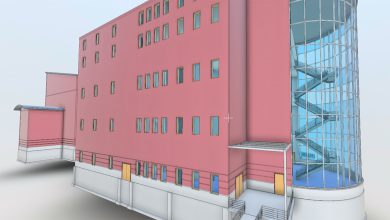
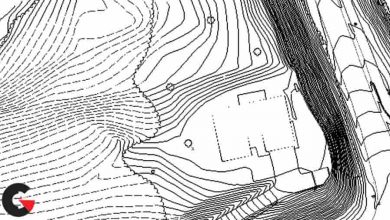
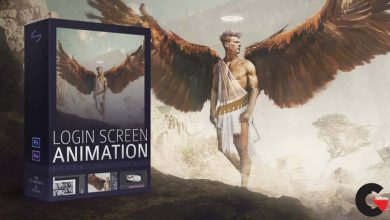
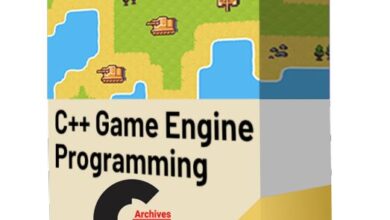

Course download -Anatomy Season 7 is redirected to another website with no access.
Plz Check Again